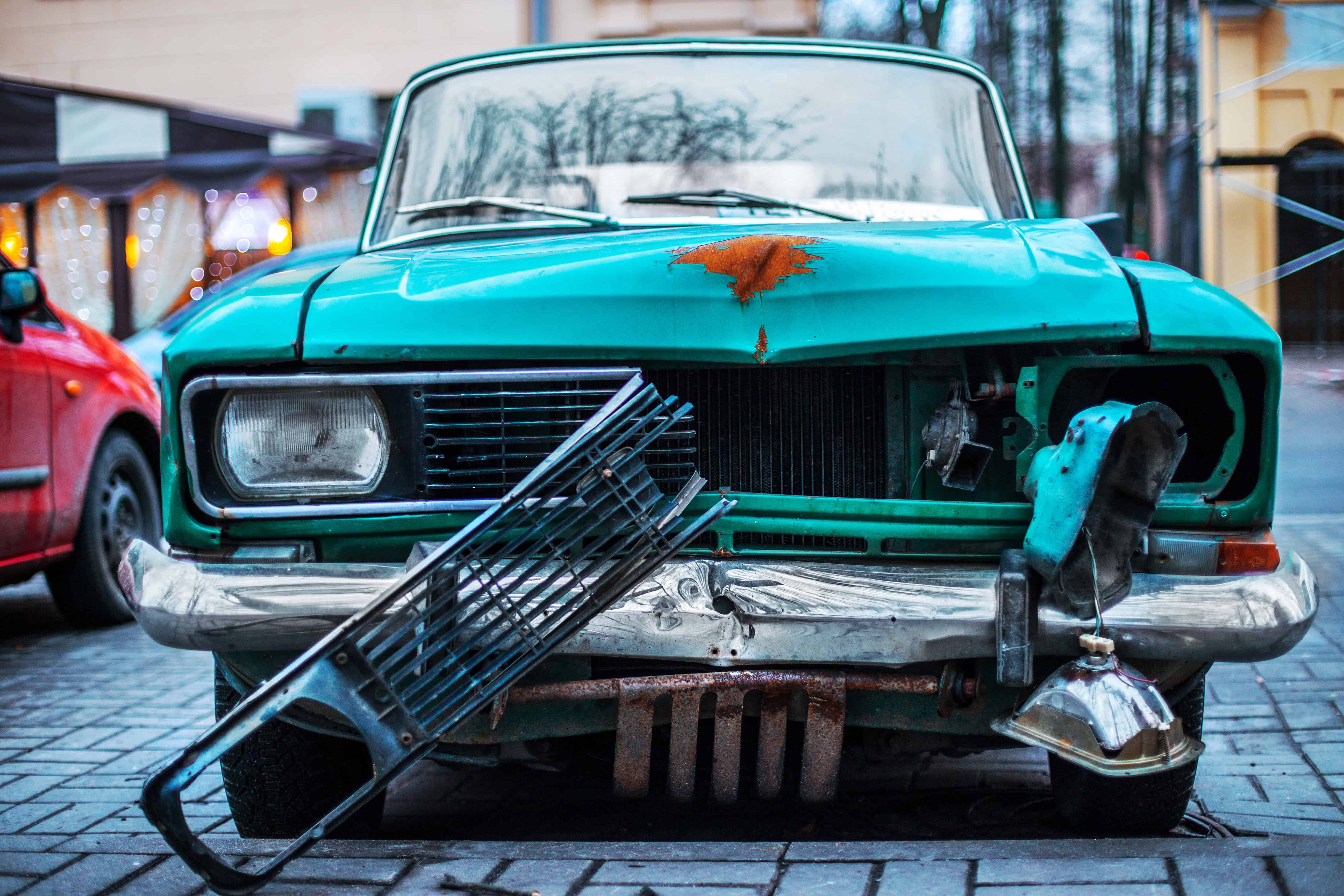Editor’s note: This is the fourth and final part in a four-part series we’re publishing this month to help you get you ready to take a road trip in your collector vehicle. The series began with Bob Golfen reviewing tools and other items to pack along on such a trip. Then, Andy Reid listed things to do to prepare your collector car for a road trip, and Rebecca Nguyen best travel apps and gadgets to elevate your classic road trip.
Summer road trips are great for families, couples and anyone who loves the open road. Road tripping in your collector vehicle is even more of a thrill but can also be a bit dangerous since most classics don’t have the safety features of today’s daily driver vehicles.
Avoid possible mishaps by following these easy steps:
- Complete our pre-road trip checklist.
- Get your specs right. Knowing exactly what is under the hood is key on getting the right spare parts when you need them.
- Research your route and see your options on repair shops and part stores.
- Understand and familiarize yourself as well as any other potential driver on the trip with how the car handles. How does it react when you’re stopping, accelerating or making any sort of evasive maneuver? If it rains how will the car handle on wet roads? With more modern cars there are safety features that will assist the driver that classic cars do not.
- Equip your car with the right kind of tires and get to know how they handle as well as any on the fly repairs that can be done. Some classics may have a bias, radial, or bias ply tire which all have a different internal structure.
- Make sure your gauges are functioning correctly and watch them often. Modern cars have lights and alerts for all sorts of things, but with classics if you’re not watching them they may creep up on you. Avoid overheating by checking that temperature gauge often.
- Establish a pit stop routine. Each car has its own needs and quirks. Make sure you have a checklist and check it every time you stop. This may include checking fluid levels, tires, and anything else that may need consistent attention.
- Know your towing needs. There are about four different tow truck types that insurance companies typically use: flatbed, integrated, hook and chain, and wheel-lift. Classic and collector cars can come in all shapes and sizes, knowing exactly what you need can save you valuable time and money when calling in for a tow. Flatbeds are typically the best choice due to the ability to remove the vehicle entirely from the road relieving it from any additional stress or damage. Depending on where you are your options may be limited, so make sure you know your tow hooking points and best practices to towing your vehicle.

In the unfortunate event of an accident, the following tips from American Collectors Insurance could save you from unnecessary angst:
- If feasible, move the car to a safe location. Don’t get out of your car in the middle of a busy road.
- Call the police as soon as you get to a safe spot, especially if there are other vehicles involved.
- Exchange information if there are other vehicles involved. Use your cell phone and take a picture of the other driver’s license, insurance ID card and license plate. Those three items will give you all the information you need to file a report or to follow up on later.
- Take photos of the damage. Depending on the severity of the loss, your claims adjuster may be able to do an estimate without having to go out and inspect the car.
- If the car is not safe to drive, call a reputable towing company of your choice.
- Call your insurance agent/company and report the accident. Be prepared to give them as many details about the accident as possible. Date/time/location/a description of what happened/other vehicles involved/ witnesses/ etc.
- Do not get the repairs done until the claims adjuster authorizes you to get it fixed. The Insurance company will want to see the damage before any repairs are done. If they cannot assess the damage, they may have the right to deny the claim.
To avoid hassles and enjoy your classic car on the open road, give yourself some leeway when heading for your next destination. There’s nothing wrong with taking your time and enjoying the drive, especially in a classic.





